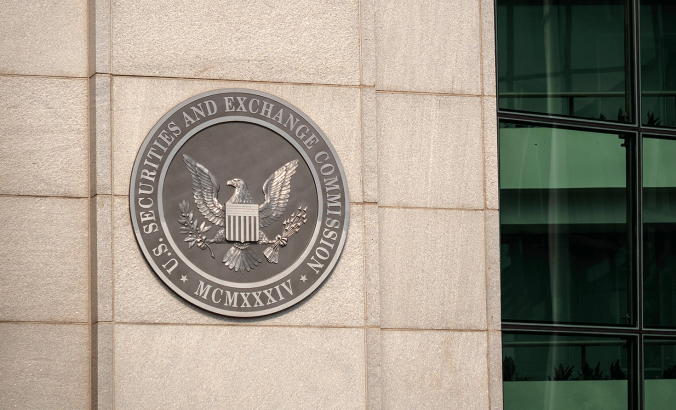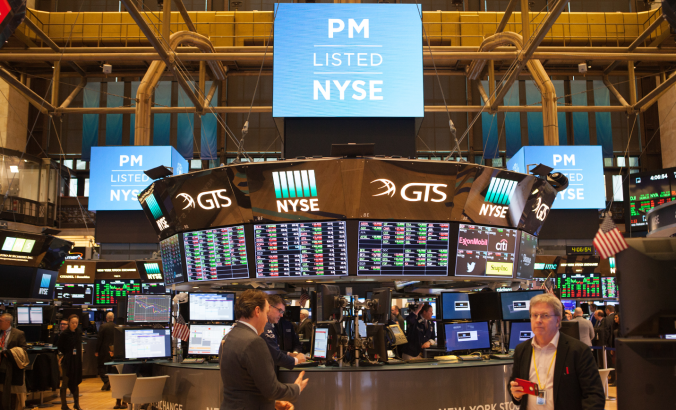The flood of cash into ESG and sustainable funds has also inundated the climate finance sector with greenwashing concerns.
With an estimated $3 trillion of investment held in such funds and more record-setting inflows projected for 2022, it’s a reasonable bet that some of the money represents more marketing than authentic effort to address climate change.
What, exactly, are we talking about? Basically, greenwashing is spin — messaging that gives a misleading impression that a product, strategy or practice is environmentally friendly. In the climate finance sector, greenwashing can be as simple — and as blatant — as slapping an ESG label on a fund that has no real transparency or data to back up the claim, and possibly no ESG-driven strategy at all.
This was the charge leveled last fall at Deutsche Bank by Desiree Fixler, former sustainability officer of DWS Group, the bank’s asset management arm, in a very public ruckus. In a presentation to the executive board, she said that the firm had no clear ESG strategy, lacked policies on coal and other fossil fuels and that its ESG teams were seen as specialists rather than being an integral part of decision-making.
"Posturing with big statements on climate action and inclusion without the goods to back it up is really quite harmful as it prevents money and action from flowing to the right place," Fixler argued.
辐射?德意志银行发布了一份报告,该报告否认了Fixler的主张并解雇了她。德意志银行(Deutsche Bank)是一家因在道德实践的外边缘运作而享有很长时间的机构,并获得了又一轮不良媒体。
One innovative solution, adopted by a quant adviser, is to use artificial intelligence to ferret out greenwashing.
One current focal point for concerns about greenwashing is the EU Platform on Sustainable Finance, a work in progress that is stumbling over the issue of whether to include nuclear and natural gas in its taxonomy as sustainable energy. The tentative plans to include nuclear and gas as "transitional" activities have been met with rigorous pushback from experts. "The biggest greenwash ever," charged Andreas Hoepner, professor of operational risk, banking and finance at University College Dublin, speaking to Environmental Finance. Hoepnner, also a member of the EU Platform, was one of nine signatories in a letter warning that experts could resign their positions on the platform committee if the measure was included in the final act.
Responses to additional requests for input to the draft text are due imminently, and there will be another year of consultation before the proposed taxonomy becomes a legal regulation. The €250 billion question, as Net Zero Sensemaker notes in "You say green, I say greenwash," is "whether the system, in final form, will be consistent with the EU’s target of reducing emissions by 55 percent by 2030."
So what is to be done? One innovative solution, adopted by a quant adviser, is to use artificial intelligence to ferret out greenwashing. Andy Moniz, a data scientist at Acadian Asset Management, a $100 billion fund, uses natural language processing and machine learning to figure out what companies are really doing. Among the data he analyzes for hidden ESG risks are "transcripts of executives speaking at shareholder meetings, conferences, and on analyst calls for signs of evasiveness, vagueness, or a refusal to answer questions," reports Bloomberg. What’s also novel is Moniz’s aim: to focus only on how ESG issues affect the bottom line. "We don’t treat ESG as any different to any other dataset," Moniz says.
Treating ESG as material in projecting risk-adjusted returns may sound like elementary practice, but it marks another step forward in the effective use of ESG factors in investment decision-making.





